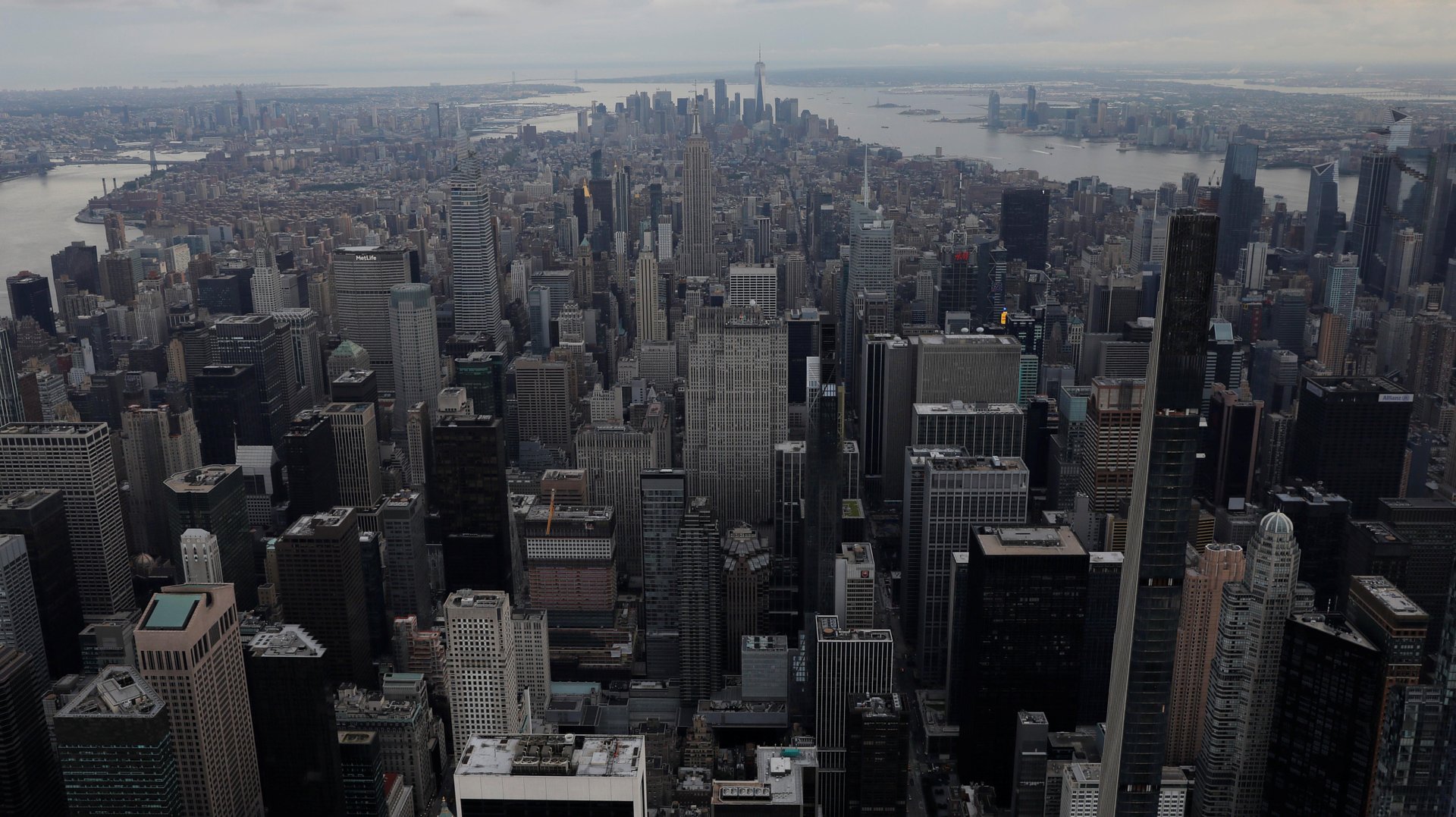New Yorkers should expect lower rents in 2023, but no big discounts
What's next for New York apartment dwellers, after rent inflation hit new records in 2022

The covid-19 pandemic triggered a once-in-a-century shock to New York City’s population. But following an exodus of residents in 2020, demand for apartments returned in 2021, and the buildup of apartment inventory that the pandemic created was erased by 2022.
As a result, rents in Manhattan rose to record highs last year, which only increased demand in boroughs with more affordable apartments like Queens, the Bronx, and Staten Island.
Where might New York City rents go in 2023? We asked Kenny Lee, an economist at StreetEasy, the go-to site for real estate listings in the city. The following interview has been lightly edited for length and clarity:
Quartz: Are rents in New York City higher because demand is normalizing or because we’re not building enough supply?
Lee: It’s a bit of both. New York has always been very expensive. About a third of New York renters are already spending more than half their income just on rent, and that data was as of 2021. With a rapid increase in rents this year, rising 21% from 2021, that number is probably already higher.
There seems to be a growing momentum, at least between city and state officials, to really find a way to really increase the supply of housing, through regulatory changes, and also tweaking zoning laws that can make diversifying Manhattan’s commercial districts possible.
[In 2022,] we identified that 59,000 permits for housing units were issued by the city. That’s a record. It’s more than 2.5 times the number of housing units that got permission from the city in 2021 as developers really rushed to qualify for the tax exemptions that expired a few months ago.
New York is also getting stricter rules for short-term Airbnb rentals, which will probably shrink the number of Airbnbs by 10,000. Do you have an idea of how close that might get us to a vacancy rate that looks more like 2019 levels?
I think the exact number of short-term rentals tend to vary. What I can say is that the conversation on this is really intensifying, because of the affordability problem. A lot of renters out there already have been squeezed to their limits.
What does the inventory of New York City apartments look like now?
Inventory reached its pandemic peak in August 2020. From that point, inventory is down 66% as of December 2022. That means renters used to have three times the options in 2020 compared to now.
What other changes are going to affect inventory this year?
First of all, the rental market is inevitably linked to the sales market. There are a lot of priced-out buyers out there who are stuck with their rental units. With elevated mortgage rates, it’s more expensive for buyers to stay in the market, and for that reason buyers are reducing the number of available rental units.
Higher mortgages rates are also affecting sellers. Some of the sellers may transition into renting out their units instead of selling, but it remains to be seen how many of them actually convert their homes into rentals. My understanding is that there aren’t many owners out there who already have a second home and can rent out their own home.
We’re also in a different world after the pandemic. A lot of New Yorkers are paying up to avoid having roommates, despite record high rent and potential annual savings of $15,000 per person from living with roommates.
So what does all this mean for New York City apartment rents in 2023?
Rents will decline as the rental market continues to normalize in 2023 but renters should not expect deep discounts.
Correction: An earlier version of this article stated that New York City had issued 69,000 permits for housing units and 25 times the number the city added in 2021. In actuality, the city issued 59,000 permits, which is 2.5 times as many as were issued in 2021.
